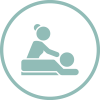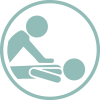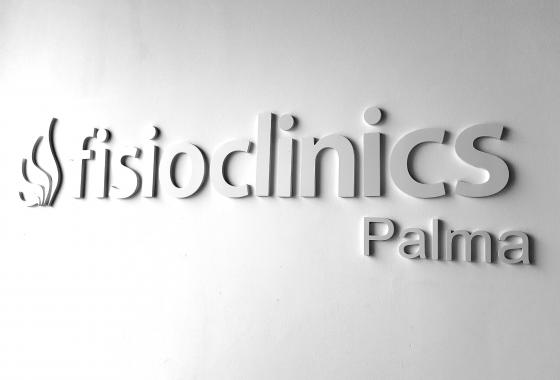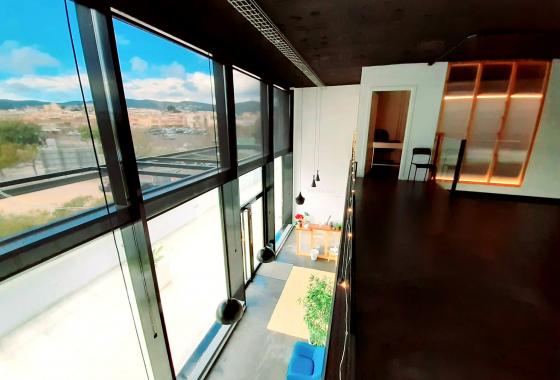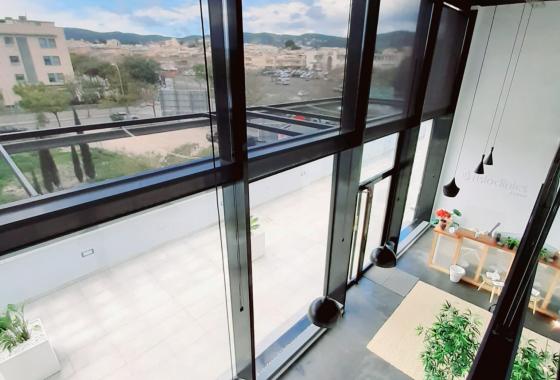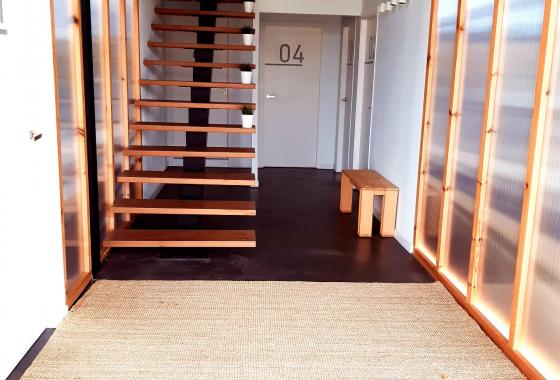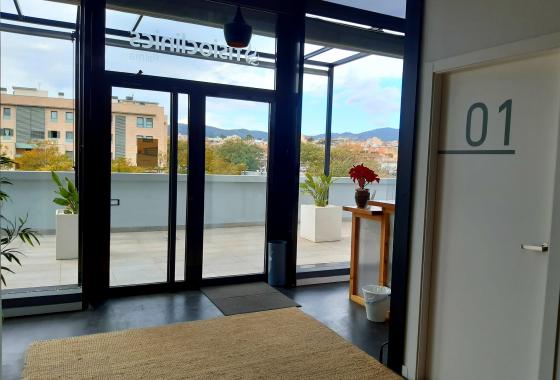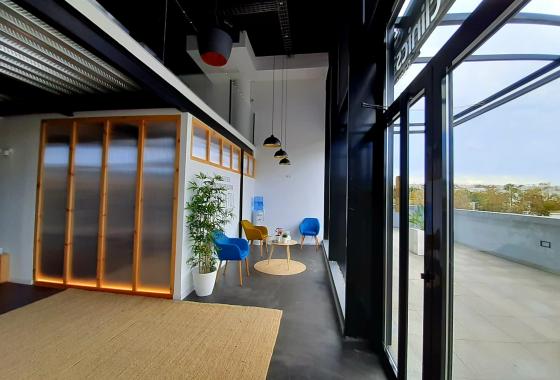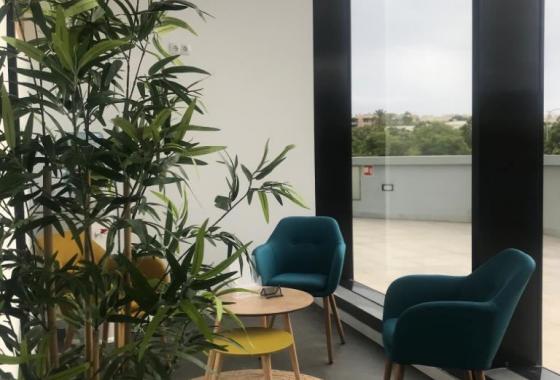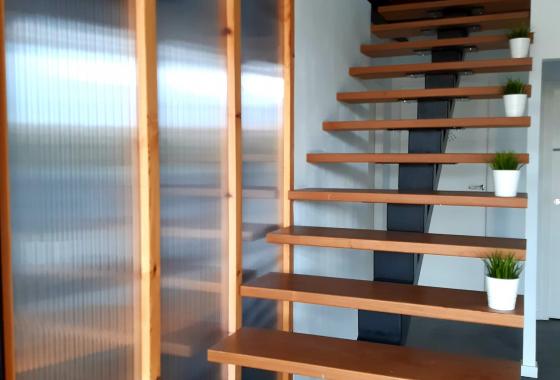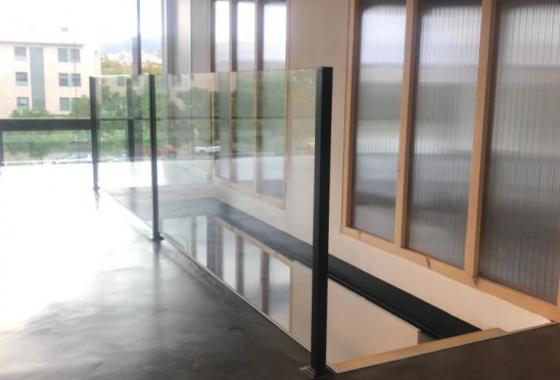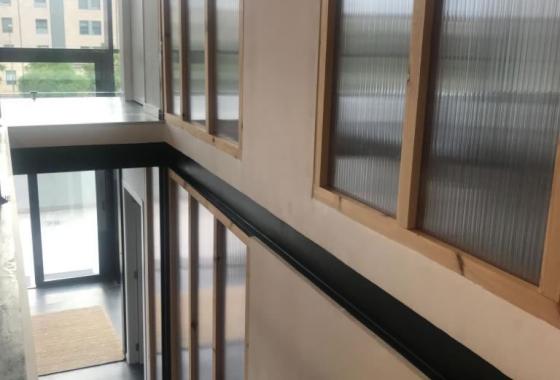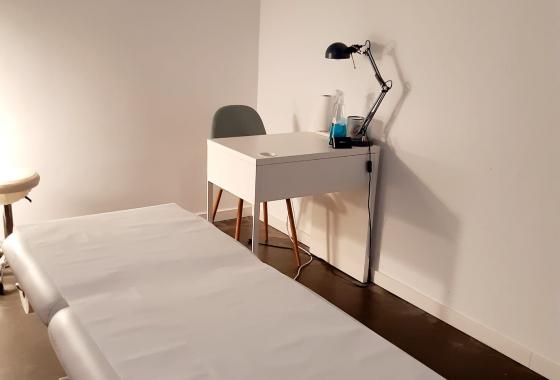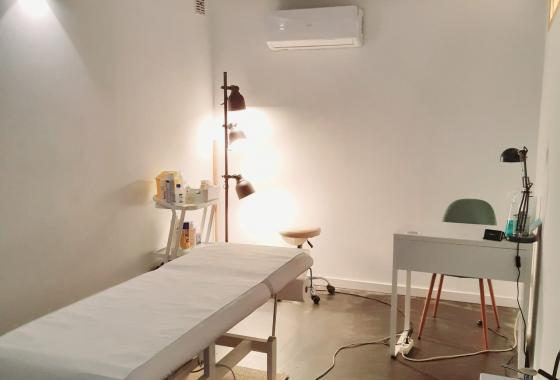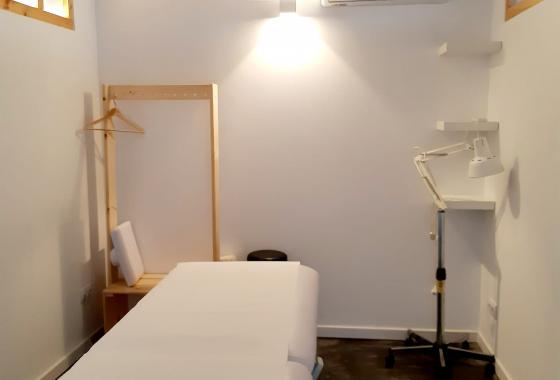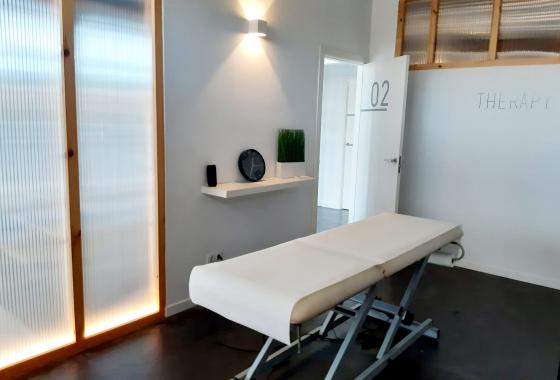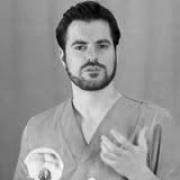Dorsalgia or Middle Back Pain is one of the most common back problems in most of the population, mainly in adulthood, being a consequence of multiple factors and triggering different symptoms that decrease the quality of life of patients due to pain or discomfort generated in the area. If you have this condition, learn more about it in the following article and put an end to back pain at FisioClinics Palma de Mallorca.
What is Middle Back Pain?
Middle Back Pain is a less frequent back pain than lumbar or cervical pain, the spine has different structures that interconnect with each other, when any of these structures, both bone, muscular, ligament, etc., enters dysfunction, we are in presence of pain, discomfort, among other symptoms that are characteristic of back pain.
Back pain in the mid-spine can be triggered by muscle irritation or contracture, changes in the costovertebral joints, and skeletal deformities in the thoracic spine. It can also arise due to a poor position or degeneration of the spine. But it is also caused by pathologies present in the chest area, these causes will be discussed later in this article.
What are the symptoms of back pain?
The most frequent symptoms in back pain are described below:
-
Sharp, stabbing pain on the sides of the back, both unilateral and bilateral.
-
Acute pain can be localized in the area between the scapulae.
-
Constant pain in the back, which can become more frequent late in the day and is increasing due to accumulated fatigue.
-
The pain worsens when performing some specific movements and postures for a long time.
-
This pain may improve with pressure.
What Causes Middle Back Pain?
It is important to know the causes of back pain to know how to attack them from a therapeutic point of view, here are some of the most relevant:
-
Holding vicious postures for a long time.
-
Stress, this area being very susceptible to loads from the patients' moods.
-
An injury to a muscle, tendon, or ligament.
-
Bone malformations at this level of the spine, sclerosis problems or a flattening of the dorsal curve.
-
Autoimmune diseases, such as rheumatoid arthritis, ankylosing spondylitis.
-
The presence of herniated discs and degenerative processes.
How is the medical diagnosis of back pain made?
Always in any existing pathology, you have to start with an adequate evaluation of the compromised structures, muscles, mobility, ruling out serious diseases, etc.
It is also advisable to carry out an X-ray to observe the state of the joints and vertebrae, to know if there are deformations such as dorsal kyphosis or a flat back and scoliosis. Obviously, the tests to be carried out depend directly on the case of each patient.
 Physiotheraphy
Physiotheraphy Osteopathy
Osteopathy Massage
Massage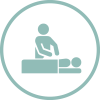 Lymphatic
Lymphatic Group classes
Group classes Home
Home Baby
Baby
